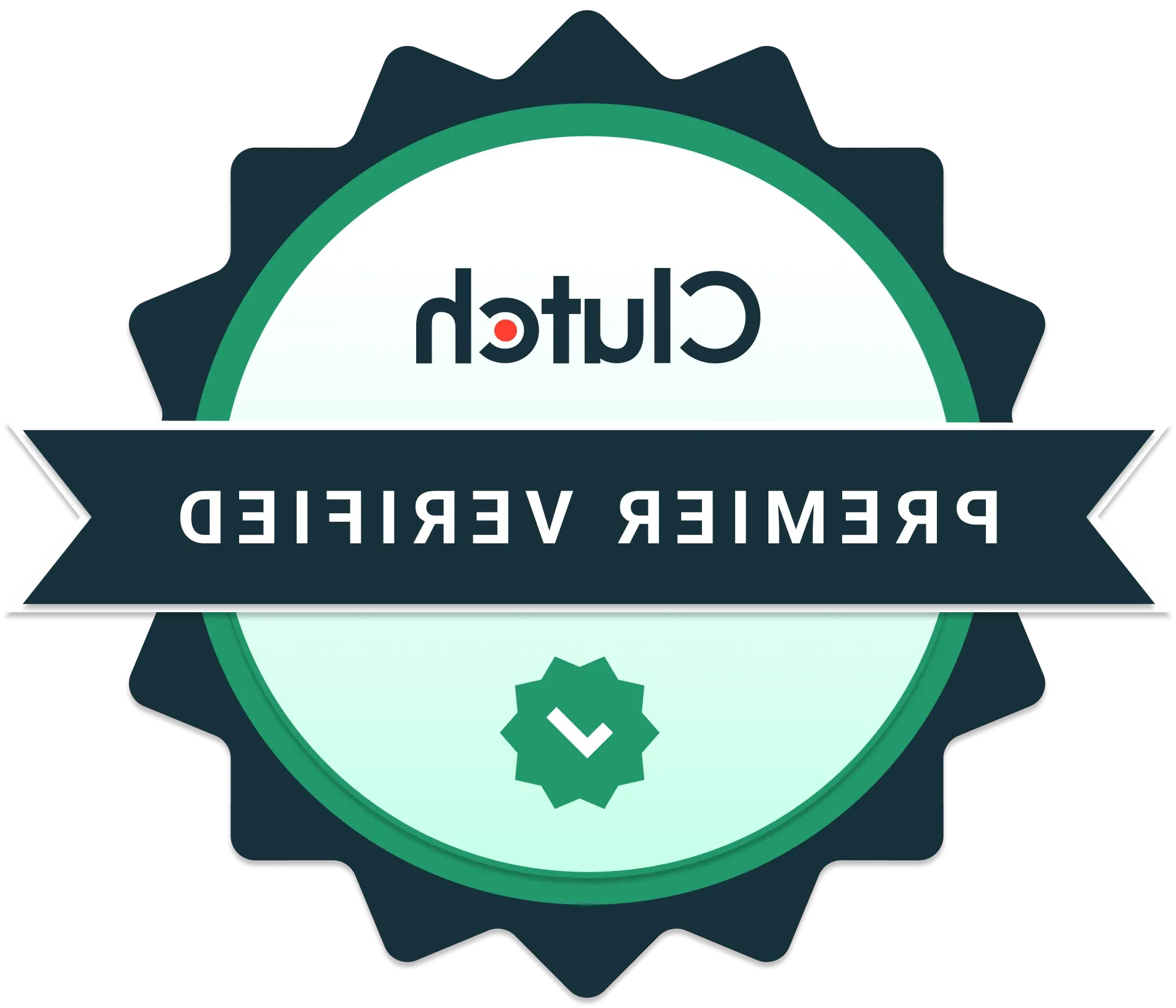Ever wondered how much of your budget goes toward unnecessary expenses? According to a recent report from Deloitte, businesses that actively seek to reduce operational costs can improve their profit margins by up to 20%. This statistic highlights the potential for significant financial improvement through strategic cost management.
In this blog post, we will explore cost-cutting measures to help your business effectively reduce operational expenses, streamline processes, and enhance overall efficiency. By implementing these strategies, you can position your organization for long-term success and sustainability in an increasingly challenging market.
Understanding Operating Costs
Operating costs are the expenses associated with running a business. They encompass various expenditures necessary for daily operations, impacting the bottom line. Understanding these costs is vital for businesses aiming to improve their profitability.
There are three primary types of operating costs: fixed, variable, and semi-variable.
- Fixed costs include expenses that do not change regardless of the business activity level, such as rent, salaries, and insurance. These costs remain constant over time and are crucial for budgeting.
- In contrast, variable costs fluctuate with production levels and can include materials, utilities, and commission-based salaries.
- Semi-variable costs represent a mix of both fixed and variable expenses, such as salaries that include commissions or bonuses.
The Importance of Cost Reduction
Reducing operational expenses is more than just managing a budget; it’s crucial for businesses aiming for long-term success. In an environment where profit margins are often very small, managing costs effectively can be the key to thriving instead of just getting by.
Embracing a culture of cost reduction can lead to more than just immediate savings. It can spark innovation, streamline operations, and boost customer satisfaction. When organizations focus on cutting costs, they can reinvest those savings into important areas like growth initiatives, technology improvements, and employee training.
Assessing Your Current Business Expenses
Before you start saving money, it’s important to take a close look at the current expenses involved in operating your business. This process begins with a cost audit, where you review financial statements, budgets, and expense reports to find areas where you can cut back.
One useful metric to consider when you calculate operating costs is the operating expense ratio, which compares your operating expenses to your total revenue. A high operating expense ratio may indicate that your costs are too high relative to your income.
11 Ways to Reduce Your Company’s Operating Costs
Implementing effective cost-saving measures can help your business streamline operations and enhance profitability. By focusing on strategies such as optimizing processes, outsourcing non-core functions, and leveraging technology, you can significantly reduce the expenses incurred while maintaining high-quality service.
1) Embrace Remote Work
Remote work reduces overhead costs associated with maintaining physical office space, utilities, and supplies. Companies can save significantly on rent, office equipment, and other related expenses.
To successfully implement remote work, businesses must invest in collaboration tools and technology that enable seamless communication and productivity among remote teams. Tools like Zoom, Slack, and project management software ensure that employees can collaborate effectively from any location.
Read more: Reasons to Work From Home
2) Optimize Business Processes
Businesses should take a close look at their workflows and identify areas for improvement. This might involve analyzing the steps taken to complete various tasks and eliminating redundancies that slow down operations. Lean methodologies, which focus on minimizing waste while maximizing productivity, can be particularly useful in this context.
By adopting lean practices, companies can streamline their operations, leading to improved efficiency and reducing the company’s costs overall. For example, simplifying approval processes or consolidating overlapping roles can significantly enhance productivity and reduce labor expenses. Investing time in optimizing business processes can yield long-term benefits, leading to sustained cost reductions and increased competitiveness.
3) Automate Repetitive Tasks
Automation is a powerful tool for businesses looking to reduce operating costs. By automating repetitive tasks, companies can free up valuable employee time for more strategic initiatives.
Automation can be applied to various business functions, such as data entry, payroll processing, and customer management. Utilizing software solutions for these tasks not only saves time but also reduces the likelihood of human error, which can be costly.
There are multiple automation tools available that cater to different business needs. For instance, customer relationship management (CRM) systems can automate follow-ups and lead tracking, while accounting software can streamline invoicing and expense tracking.
4) Negotiate with Vendors
Strong relationships with suppliers can be advantageous in these negotiations, as vendors may be more willing to offer favorable pricing to loyal customers.
Building and maintaining relationships with suppliers involves consistent communication and collaboration. By fostering goodwill and demonstrating a commitment to long-term partnerships, businesses can negotiate more effectively and secure better deals.
Whether it’s through bulk-purchasing discounts or longer payment terms, effective vendor negotiation can directly impact total operating costs and improve cash flow.
5) Reduce Energy Usage
Implementing energy-efficient practices can lead to substantial savings over time. This may involve switching to energy-efficient lighting, using energy-efficient appliances, and investing in smart building technologies that optimize energy consumption.
To further reduce energy costs, businesses can conduct energy audits to identify areas where they can improve efficiency. This may involve simple changes, such as ensuring that lights and equipment are turned off when not in use, or more significant investments in renewable energy sources.
6) Eliminate Unused Services
Conducting a thorough audit of subscriptions and services can reveal opportunities for cost savings. Many businesses pay for services that are underutilized or unnecessary, leading to wasted resources. By regularly reviewing these subscriptions and eliminating unused services, businesses can trim their operational costs significantly.
This process may involve assessing software licenses, memberships, and other recurring expenses. Companies should ask themselves if each service provides sufficient value to justify its cost.
7) Implement a Cost-Conscious Culture
Encourage employees to be mindful of resource use and seek cost-saving opportunities. This fosters an environment where everyone is invested in the company’s financial well-being.
This can involve training employees on cost management principles and encouraging them to suggest ideas for improving efficiency.
Implementing incentive programs that reward cost-saving suggestions can further motivate employees to engage in this culture. Involving the entire team to lower operating costs can cultivate a sense of ownership and accountability, leading to innovative solutions and improved efficiency.
8) Use Digital Marketing
Digital marketing strategies, such as search engine optimization, social media marketing, and email campaigns, often have a lower operating cost and are more measurable than traditional advertising methods. These channels allow businesses to target specific audiences more effectively, maximizing their marketing budgets.
Investing in digital marketing not only saves money but also provides valuable insights into customer behavior and preferences. By analyzing data from digital campaigns, businesses can refine their marketing strategies, leading to better engagement and higher conversion rates.
9) Take Advantage of Early Payment Discounts
Another practical strategy for reducing direct costs and expenses is to take advantage of early payment discounts offered by vendors. Many suppliers provide discounts for early payments as a way to encourage prompt payment and improve their cash flow.
By negotiating favorable payment terms and ensuring that cash flow is managed effectively, businesses can capitalize on these savings. Establishing a routine for tracking payment deadlines and implementing an organized accounts payable system can help businesses take advantage of these discounts consistently.
10) Monitor and Adjust Spending
Lastly, monitoring and adjusting spending is crucial for maintaining a cost-effective operation. Businesses should conduct regular reviews of their operational costs to identify trends and areas for improvement. Establishing key performance indicators (KPIs) related to cost efficiency can provide valuable insights into how well the company is managing its expenses.
By setting benchmarks and regularly assessing performance against these indicators, businesses can make informed decisions about where to cut costs or reallocate resources. Ongoing assessment and adaptability are essential for maintaining operational efficiency and ensuring that cost-reduction strategies continue to yield positive results.
11) Outsource Non-Core Functions
Outsourcing non-core functions is another effective strategy for reducing business expenses. Many businesses maintain in-house teams for functions such as IT support, accounting, and human resources, but these roles may not be central to the company’s core mission.
By outsourcing these tasks to specialized firms, businesses can often achieve significant cost savings while gaining access to expert knowledge and resources.
Outsourcing allows companies to focus on their core competencies while delegating non-essential functions to external providers. This can result in reduced expenses related to labor and enhanced service quality.
For instance, hiring an external IT provider may be more cost-effective than maintaining an in-house IT team, particularly for small to mid-sized businesses. When considering outsourcing, it’s essential to conduct thorough research to find reputable providers that align with your company’s needs and values.
How Outsourcing Lowers Operating Expenses
- Access to Expertise: By outsourcing tasks like payroll, customer service, or accounting to third-party providers, businesses can cut down on salaries, benefits, and training expenses. Additionally, outsourcing to countries with lower direct labor costs can yield impressive savings without sacrificing quality, allowing you to allocate more resources to areas that drive growth.
- Reduced Labor Costs: Outsourcing partners are often experts in their fields, enabling them to complete tasks more efficiently than an in-house team that may lack the same level of specialization. This expertise results in faster turnaround times and higher productivity, allowing businesses to operate more smoothly and cost-effectively, freeing up time and resources for other important initiatives.
- Increased Efficiency: Outsourcing can lead to significant improvements in efficiency, as specialized partners can often perform tasks quickly and with higher quality than an internal team. This enhanced efficiency means businesses can save money and time while concentrating on their primary goals.
- Scalability: Outsourcing offers flexibility that in-house teams can’t easily match. When business needs change, you can quickly scale your outsourced services up or down without the complexities of hiring or layoffs, ensuring that your expenses align closely with actual demand and minimizing waste during slower periods.
- Focus on Core Competencies: By delegating non-core functions to outside specialists, businesses can concentrate their energy and resources on what they do best. This focus not only drives innovation but also enhances service offerings, giving your company a competitive edge in the marketplace and opening up new opportunities for sustainable growth.
- Lower Overhead Costs: Outsourcing can significantly reduce overhead costs associated with maintaining a larger in-house team. For example, companies that outsource customer support can operate in smaller office spaces, resulting in substantial long-term savings. These reductions in overhead free up capital to invest in other critical areas of your business.
Recap: Reducing Operating Expenses
Reducing the costs involved in your business operations requires a thoughtful approach that combines careful expense management with targeted cost-saving strategies.
Implementing these strategies takes commitment and a continuous focus on improvement. However, the rewards are well worth the effort. When businesses proactively manage their expenses, they position themselves to thrive in today’s competitive landscape.
If you’re ready to reduce expenses in your company, schedule a call with our 1840 & Company growth experts. Our team is here to help you identify opportunities for savings and develop a tailored plan to boost your financial performance.









